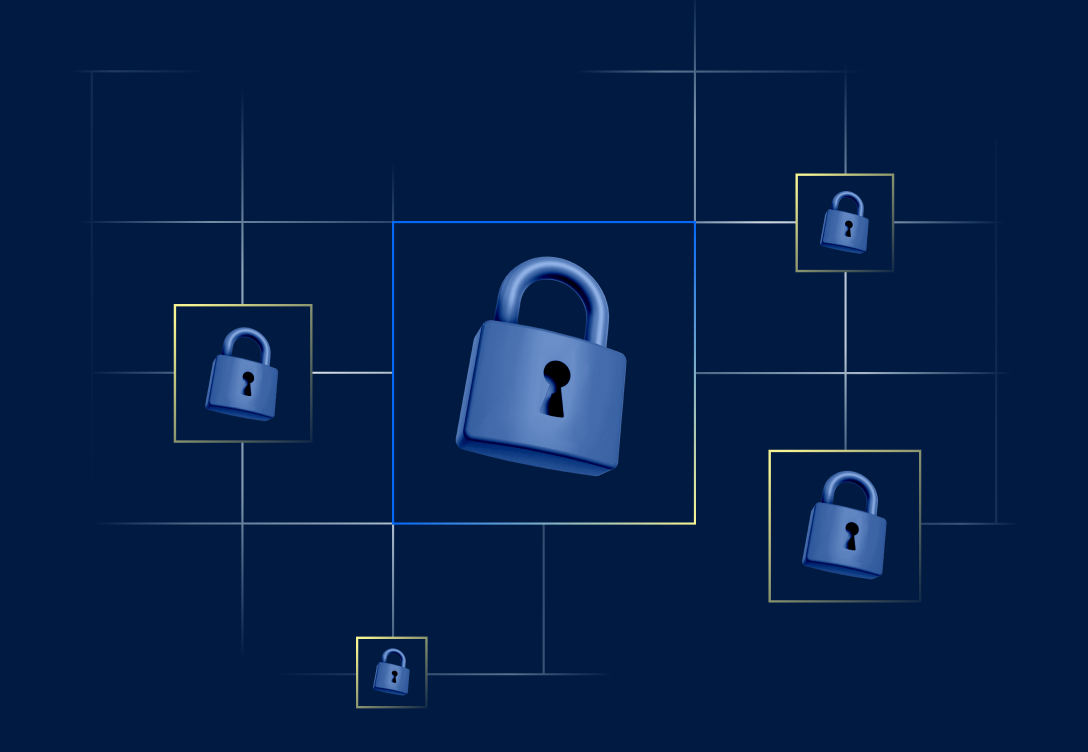Data classification has long been a cornerstone of security and privacy programs. It’s the first step in knowing what data you have and how to protect it. Over the years, classification has helped organizations gain critical visibility and control.
But as businesses evolve, traditional approaches to classification have shown their limits. Labels alone don’t always capture how data is actually used, where it resides, or the risks it creates. An email address is not always just an “email address.”
The reality is that classification without context leaves important gaps — gaps that make it harder for teams to make the right decisions in the moments that matter.
Why Classification Without Context Falls Short
Risk isn’t determined only by what data is. It’s shaped by where it lives, how it’s used, and who has access to it.
Take the simple example of an email address:
- An email address collected for a one-time marketing campaign is relatively low risk, because the company has consent to use it for that specific processing activity.
- That same email address stored in an HR system, tied to payroll and personal identifiers, is far more sensitive, since it connects directly to an employee’s personal and financial information.
- If the email address shows up in a product analytics dataset inside Snowflake, the risk multiplies. Not only can large numbers of people access it, but it can also be used in ways that stray from the original purpose for which it was collected.
Traditional classification would treat all three cases the same: “email address.” This is where teams run into friction. Without context, they’re left to choose between:
- Overprotecting everything, thus wasting resources and slowing down the business.
- Underprotecting critical data thus exposing the organization to breaches, fines, and loss of customer trust.
Neither option is sustainable. What’s missing is context.
Introducing Context-Aware Data Classification
At Relyance AI, we believe the next era of data governance must be contextual. That’s why we’re introducing Context-Aware Data Classification.
Instead of stopping at surface-level labels, this new capability reveals the context that drives risk and controls. It goes beyond simply identifying a data element to provide a richer understanding of:
- Purpose: Why does this data exist? Was it collected for marketing, HR, analytics, or another business function?
- Location: Where is the data stored, and in what systems? Does it live in a CRM, a data warehouse, or a code repository?
- Access: Which teams or individuals can view or manipulate the data? How far does its reach extend?
- Additional Context: Is it customer or employee data? What type of controls or safeguards does it typically require?
This is a shift in how data classification is done. It moves from static labels to actionable intelligence that reflects real-world context.
A New Way to Navigate Discovery
For too long, security and privacy teams have been handed massive lists of “findings” with little prioritization. The result? Hours spent sifting through noise, trying to spot the few signals that actually matter.
Context-Aware Data Classification changes this.
With Relyance AI, you don’t just see that personal data exists. You see why it’s there, how it’s being used, and what risks it introduces. Instead of drowning in findings, you can:
- Prioritize by real-world risk. Focus resources on the data that matters most — the analytics dataset in Snowflake, not the marketing email list in a sandbox.
- Understand intent. Understand the purpose behind data collection and align it with both internal policies and external regulations.
- Map access. Identify exactly who has visibility into sensitive data and adjust permissions where necessary.
- Drill deeper. Navigate from a high-level view into the specific context of any data point.

With context, classification becomes more than an inventory. It becomes a living map of your data ecosystem.
Why This Matters for Security and Privacy Teams
For security leaders, context-aware classification enables risk-based controls. Policies, monitoring, and enforcement can finally be aligned with actual business risk, not generic data types.
For privacy teams, it unlocks purpose-based governance. Instead of piecing together why data was collected, teams can see intent up front, hence simplifying compliance reporting and ongoing program management.
And for both, it creates a shared framework. Context gives clarity where ambiguity used to live. Context-Aware Data Classification is our starting point — but it’s only the beginning. We have a lot more exciting innovations around content identification planned, helping teams go even deeper into understanding and protecting their data.
Closing Thoughts
Data classification has always played a vital role in security and privacy. But the way we classify must evolve as our systems, risks, and regulatory environments evolve.
Context transforms classification from a static label into a strategic capability. And with it, security and privacy teams gain the clarity to focus on what really matters: protecting data in the places and ways it’s most at risk.
At Relyance AI, we’re proud to be leading this shift.
Ready to see how context can change your approach to data classification? Request a demo.


